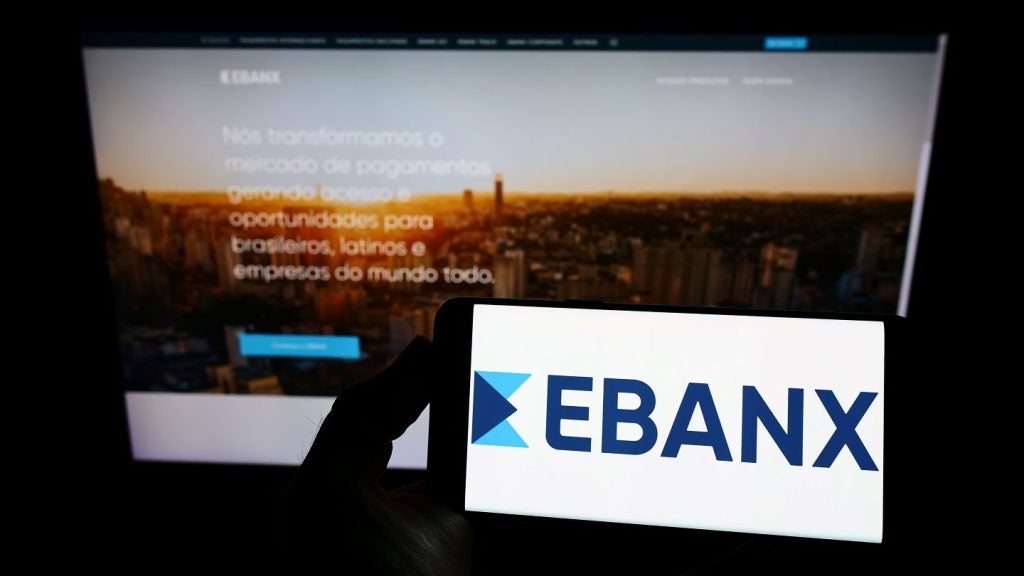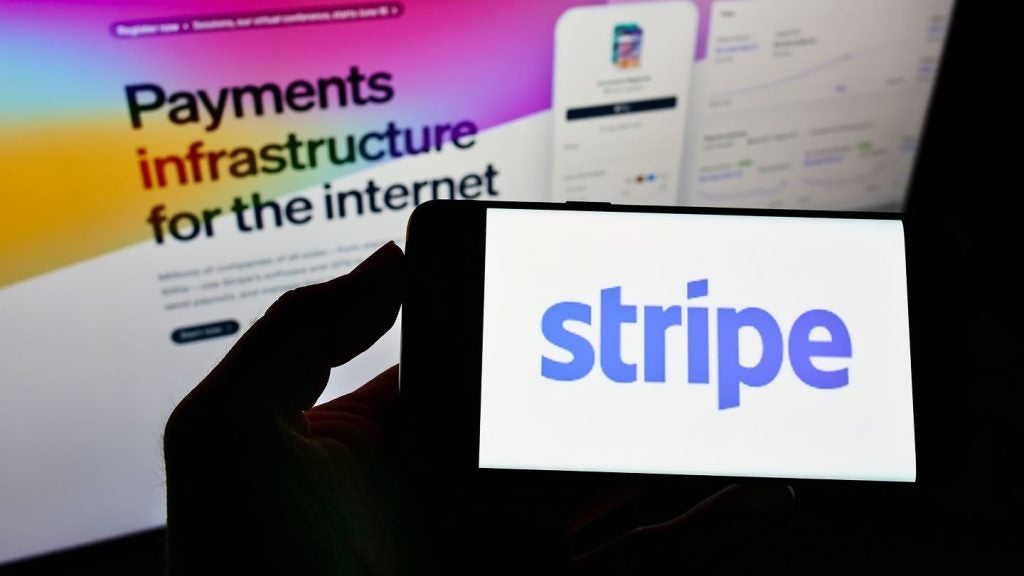Klarna is aiming to become a marketplace for online shopping – and its recent moves ensure it poses an even greater disruptive threat to traditional lending than before.
Klarna, the leader in the Buy Now, Pay Later (BNPL) sector, recently completed its latest round of fundraising that raised its valuation to $46bn, making it the second most valued fintech startup in the world.
Klarna has already challenged the credit card industry with its easy-to-access interest-free credit and flexible repayment products. Now, Klarna is looking to be more than just a lender with its app, aiming to improve consumers’ online shopping experience by giving access to a larger number of merchants (including those without formal partnerships with Klarna), while making its BNPL lending an integral part of the online shopping experience.
Klarna recently expanded its app capability with the launch of a new payment model, Pay in 3 instalments. This feature expands its payments plan options and can help it acquire new customers that didn’t find the previous payments options suited to their needs.
With already 90 million customers worldwide, Klarna can expect to grow its customer base – especially given the fact that many consumers are facing financial difficulties due to the pandemic, driving up demand for credit products.
The solution offers consumers more flexibility over their credit repayments as it spreads the cost over three installments while not charging an interest rate (similar to PayPal’s Pay in 3, launched in 2020). This is a more convenient payments option than the Pay in 30 days and Financing plans already provided by Klarna.

US Tariffs are shifting - will you react or anticipate?
Don’t let policy changes catch you off guard. Stay proactive with real-time data and expert analysis.
By GlobalDataWith the BNPL sector expected to be worth $166bn by 2023, traditional credit card issuers need to rethink how they engage with customers and look into expanding the services they are providing in order to compete.
Even other BNPL providers need to innovate in order to keep up with Klarna. With the additional Pay in 3 instalments scheme, Klarna is offering more payments options than competitors such as Clearpay, Laybuy, and Afterpay. If they want to stay competitive with Klarna, they will have to consider adding more payments options to their business models.
Furthermore, Klarna’s app interface allows it to grow into a marketplace that gives its customers access to thousands of retailers (including non-partners) and a streamlined, fully integrated shopping and payment experience. The integration of its Comparison Shopping Service further enhances the shopping experience, as it enables consumers to find the best available price for an item on Klarna’s platform.
With these moves, Klarna is setting out an ambitious path for its future – one that may see it move beyond a leading presence in BNPL lending and potentially even to ‘super-app’ status. At the very least, we can expect Klarna to further disrupt the ecommerce market with these moves.
This was written by GlobalData payments analyst Chris Dinga.








